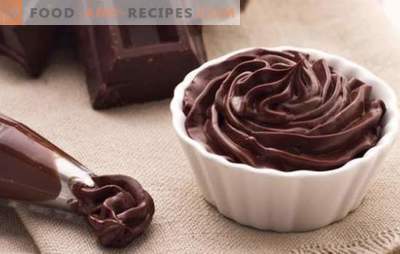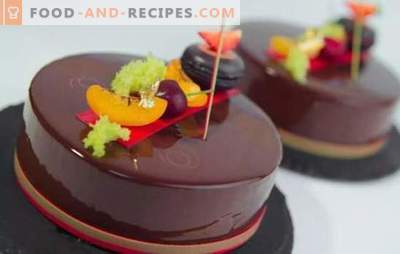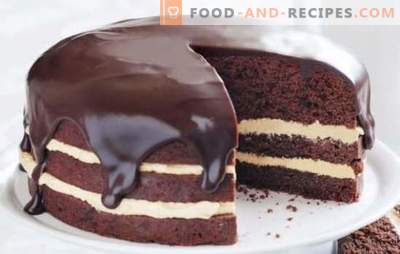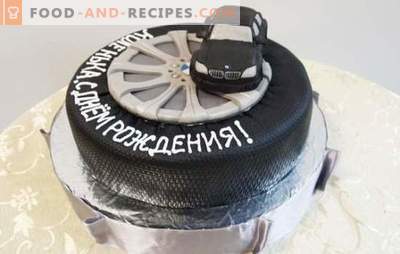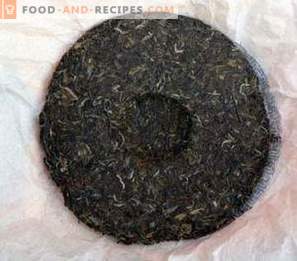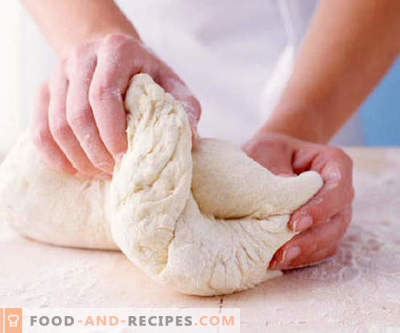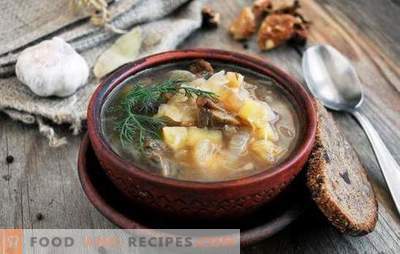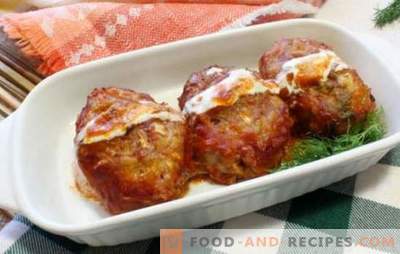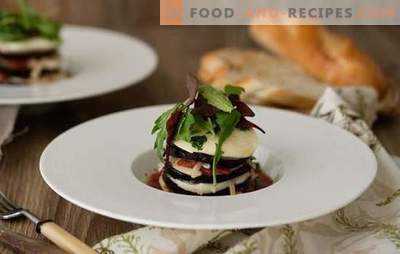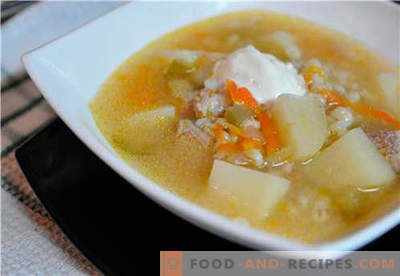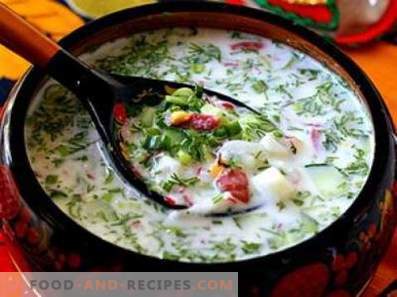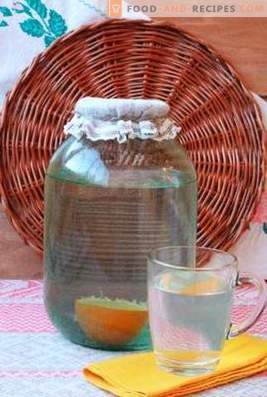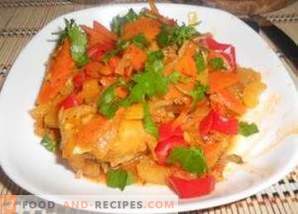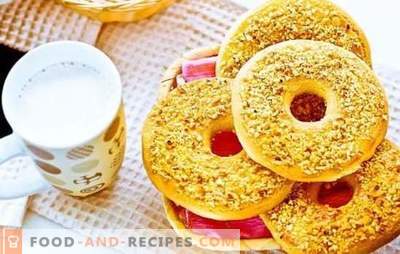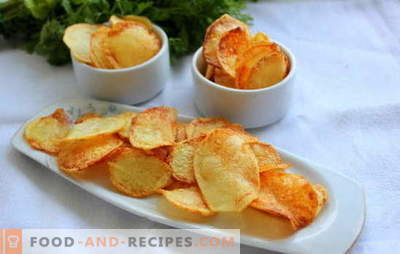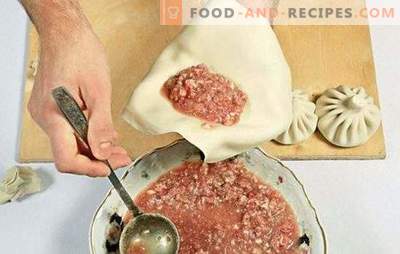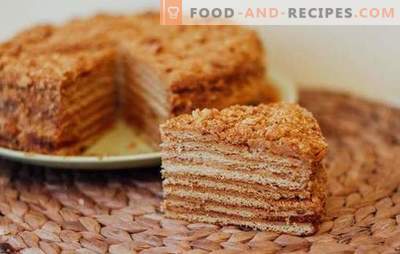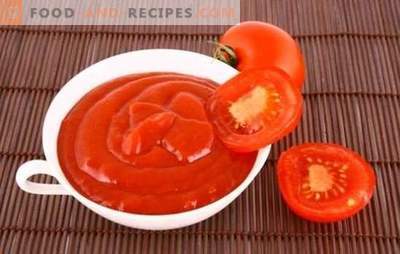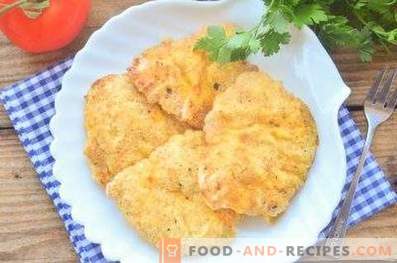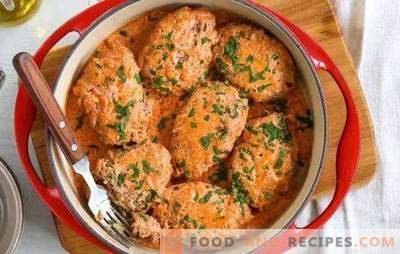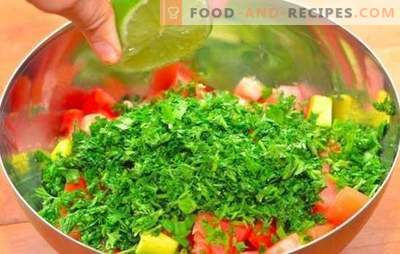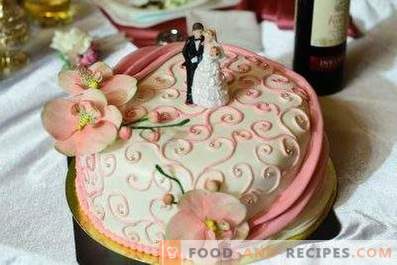
Modern housewives are trying not only to cook deliciously, but also to serve their delicacies made by them to the table beautifully. For decorating cakes, they often use a sweet plastic mass, which is called mastic or, more rarely, sugar dough. This mass is similar in consistency to the clay, it can be used for coating cakes and pastries, or for making various shapes, the simplest and most popular among which are flowers. On sale you can find the finished product for culinary creativity, but most skilled housewives prefer to cook mastic at home. So they can be sure that no harmful dyes or artificial components were used in its manufacture.
Features of the preparation and use of mastic
Knowing some of the moments will allow you to make mastic that meets your needs, and decorate confectionery with it.
- In the culinary environment, there is a certain classification of mastic. It is divided into types depending on the component used to impart plasticity (milk, gelatin), the main ingredient in the composition (sugar, honey), destination (modeling, flower, for coating products). Choosing a mastic recipe, you should take into account this classification in order to choose the kind of sugar dough that you need for your culinary creativity.
- For the preparation of mastic do not use granulated sugar: when it gets into the composition of the mastic during rolling will be torn. You can only use icing sugar. For reliability, it is even sifted. For the preparation of “flower” mastic (which is used for making flowers), it is recommended to sift the icing sugar not even through a sieve, but through a piece of organza.
- Sugar powder can be made at home from sugar, grinding it with a coffee grinder.
- To prevent it from sticking to the hands when kneading the sweet dough, cover them with glycerin.
- Natural and artificial colors can be used for dyeing mastic. Carrot juice helps to give mastic an orange color, beetroot - pink, spinach - green, juice of red berries - scarlet, red onions and cabbage - purple. However, when using juice, it is not possible to make the mastic too bright; special food colors are suitable for this, which are sold in stores. They can be dry, liquid, having a gel consistency. Liquid is added instead of water or together with water at the first stage of the preparation of mastic, thick is injected into the finished product.
- Before use, the mastic should be allowed to dry. Dairy will be ready for use after a few hours, gelatin - no earlier than a day. Therefore, make this product in advance.
- Store mastic for up to 1 month in a container placed in a refrigerator. A few hours before use, remove it from the refrigerator and allow it to warm up at room temperature. Some housewives even warm up the mastic in the microwave.
- To cover the pastries and cakes, the mastic is rolled into a circle of the desired diameter, cut so that the edges are even. It is convenient to do this on a silicone mat with markings. Rolling pin can take the usual, but the silicone will be more convenient. To create patterns and figures of mastic, there are special tools and molds. Some hostesses do without them, using spoons to make flower petals. After that it remains only to form flowers from these petals. If modeling in childhood was easy for you, or you were even engaged in artistic creativity, making figurines from mastic will not be too difficult for you.
- All inventory and your hands when working with mastic should be dry - it deteriorates from water. The cake should also be dry (without cream) or covered with butter cream. Do not apply mastic on sour cream, it will immediately begin to dissolve.
- To give the mastic a glossy shine, melt the honey, mix it with the same amount of vodka, and treat the surface of the cake with this composition using a cooking brush.
Before serving, a cake decorated with mastic will not prevent you from holding it in the fridge for a while so that it will freeze and keep its shape better.
Universal Milk Paste
Composition:
- condensed milk - 0, 2 l;
- dry milk - 160 g;
- icing sugar - 160 g;
- lemon juice - 10 ml;
- cognac (optional) - 5 ml.
Method of preparation:
- Combine powdered milk with powdered sugar.
- Gradually add the dry mixture to condensed milk and knead.
- Pour in lemon juice and brandy, knead again. If the mastic still crumbles, add another teaspoon of lemon juice.
Mastic is removed in a bag or container, stored in a refrigerator. Before use, remove from the refrigerator and leave for 3-4 hours. Milk mastic has a pleasant creamy tint, but if you want to give it a brighter color, you can use food colors. Mix them preferably before use, and not at the preparation stage.
Classic American marshmallow mastic
Composition:
- marshmallow (soft marshmallow) - 0, 2 kg;
- icing sugar - 0, 5 kg;
- butter - 20 g.
Method of preparation:
- Place the marshmallow in a small bowl, cover with small pieces of butter.
- Melt marshmallows in a water bath, stir.
- Sift icing sugar. Pour out the glass, leave the rest of the powder in a bowl. In the center make a recess, pour into it the melted marshmallow. Stir.
- Add powder and stir. First, stir it with a spoon, then you have to knead the sweet dough with your hands.
When the mastic stops sticking to the hands, it can be rolled out, rolled up, put in a bag and put into the fridge.
Sugar gelatin mastic
Composition:
- powdered sugar - 0, 5 kg;
- gelatin - 5 g;
- water - 60 ml;
- lemon juice - 5 ml;
- vanillin (optional) - at the tip of the knife.
Method of preparation:
- Pour gelatin with cool boiled water, leave for 20 minutes.
- Dissolve the gelatin by heating in a water bath.
- Mix with lemon juice and vanilla.
- Gradually adding sifted icing sugar, knead the sugar dough, which does not stick to hands and does not crack.
If the mastic crumbles, add a little more lemon juice - it will become more elastic.
Honey Mastic
Composition:
- honey - 125 ml;
- icing sugar - 1 kg;
- water - 60 ml;
- gelatin - 15 g.
Method of preparation:
- Pour gelatin with clean water at room temperature, let it swell for 30 minutes.
- Melt the honey to a liquid state, mix with gelatin.
- Heat the honey while stirring in a water bath or on a very slow fire so that the gelatin is completely dissolved.
- Divide the sifted icing sugar in half. In one part pour the honey-gelatin mixture, stir.
- Gradually mixing the icing sugar to the sweet dough, you will get a composition in which a depression is left when pressing it with your finger. If a little powder remains - do not worry, its amount is indicated in the recipes with a small margin.
Honey mastic turns out to be more fragrant than regular sugar, but it has the same characteristics. These types of mastic are more often used for covering cakes and pastries.
“Flower” mastic
Composition:
- powdered sugar - 0, 5 kg;
- starch - 25 g;
- water - 45 ml;
- gelatin - 15 g;
- cooking oil or margarine, butter - 10 g;
- syrup - 15 ml;
- liqueur or brandy - 5 ml.
Method of preparation:
- Gelatin, filled with water, leave to swell.
- Combine syrup, alcohol and any kind of cooking oil.
- Heat food on a slow fire or water bath. It is necessary to achieve a homogeneous composition, not allowing it to boil.
- Combine the aromatic blend with gelatin. Stir until it disperses completely.
- Sift icing sugar and mix with starch.
- Connect the liquid and dry components of the mastic, knead them to obtain a homogeneous plastic mass.
The mass can be divided into several parts in order to paint each one in its own color. The test for sugar floristics has special requirements: it must be durable and elastic, dry quickly and keep a good shape. The mastic prepared according to this recipe satisfies all these requirements.
Chocolate Mastic
Composition:
- marshmallow - 90 g;
- dark chocolate - 100 g;
- fatty cream (33%) - 40 ml;
- icing sugar - how much will leave;
- butter - 20 g;
- cognac - 40 ml.
Method of preparation:
- Break the chocolate. Place a container with it in the water bath.
- When the chocolate has melted, add marshmallows to it. Continue heating in a water bath, stirring until the marshmallow dissolves by about half.
- Add cream, butter and cognac. Continue cooking in a water bath until all ingredients are turned into a homogeneous liquid mass.
- Remove from heat. Pouring the icing sugar with parts, knead the dough of the desired consistency (thick, not sticking to the hands, keeping the shape).
If only chocolate and any light mastic are used to decorate a cake, you can do without dyes.
For the decoration of confectionery mastic is often used. This is a sweet elastic dough from which you can sculpt figures, make a dense coating for the cake. Prepare mastic at home can be based on milk or gelatin with the addition of natural colors and flavors. This is enough to turn cakes and pastries into pieces of pastry art.






